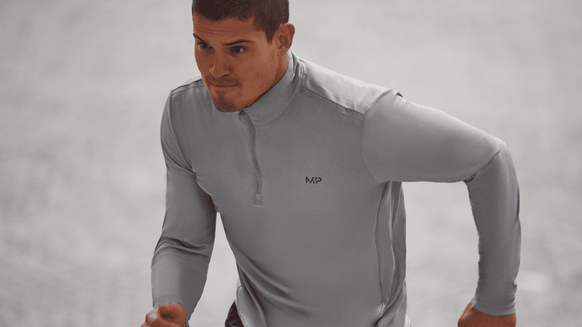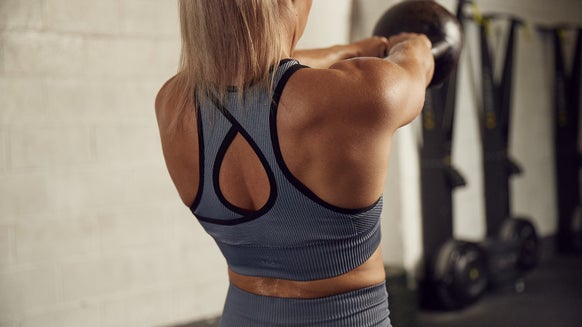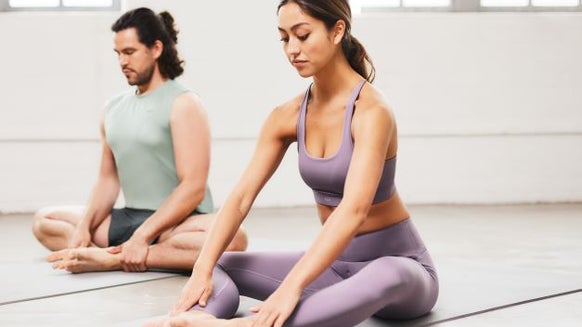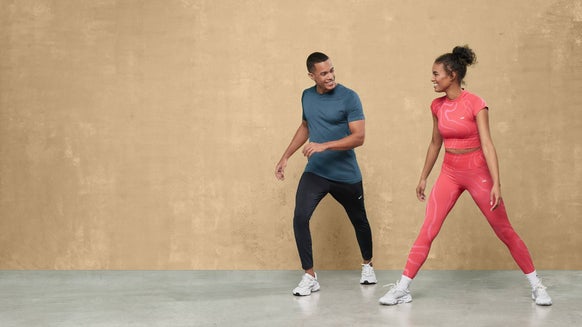
After a tough workout stretching out your tired muscles is a must! Whoever said rest and recovery weren’t essential, definitely hasn’t seen any gains, trust us! It might not be as thrilling as a workout, but it can help massively, much more than you might think.
Stretching after a strenuous workout helps to lower your body temperature and your heart rate, getting you back to your normal state quickly and smoothly. In addition, to this stretching helps to keep blood circulating around your body and to your muscles allowing them to heal and recover much more effectively. Another great positive of stretching is actually improving your flexibility, this happens because it helps your muscles ease back into their comfortable state. Doing this consistently after your workouts will help you become more flexible which in the long run can help your muscles become a lot less likely to sustain an injury whilst training.
If you aren't completely experienced with recovery stretches you might be unsure of exactly what to do. A good tip to take into consideration when stretching is to know your limits and make sure you don’t strain yourself to much as it could cause an injury. Static stretching is a great type of stretch for recovery as it involved little movement and only used one muscle group at a time so if you're exhausted after a long workout, these little effort stretches are ideal. When doing these various stretches a good time frame for holding each position would be around 15-30 seconds.
Try some simple stretches first. After your next upper body session, try some back stretches as these are very easy to do and very effective. Stand up straight with your legs shoulder width apart, then point your arms upwards as high as you can go. After that lean left and right holding each side for around 10-15 seconds. After a heavy legs day, try doing some quad stretches. Stand with your feet shoulder-width apart and your hands by your sides. Bend one knee, bringing your foot toward your glutes, grabbing your ankle and gently pulling it toward your glutes for an extra stretch. Hold, then swap legs.Walking is also a great example, especially after long run. This is also possibly the easiest thing and also one of the most beneficial to do as this is a great way to slowly decrease your heart rate whilst still keeping your muscles activated, giving them time to get back into their relaxed state again.
After a tough work out, a good stretch will be your best friend.













